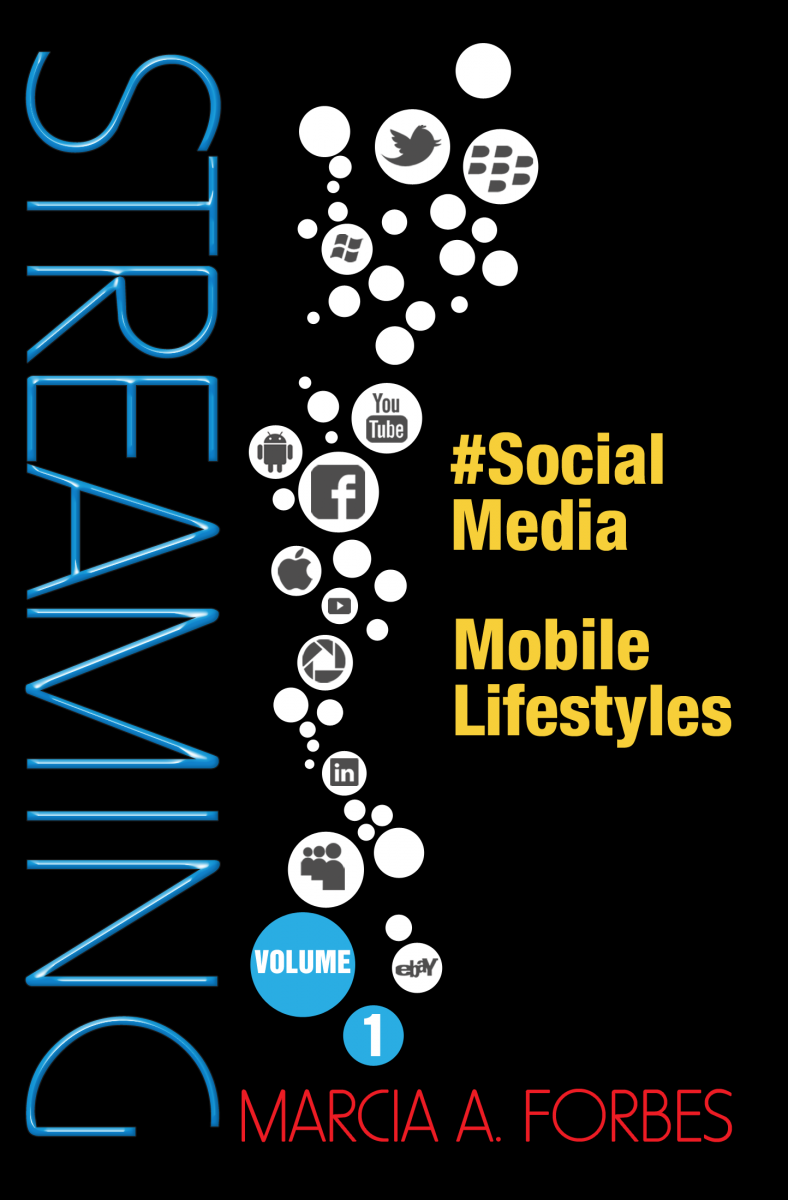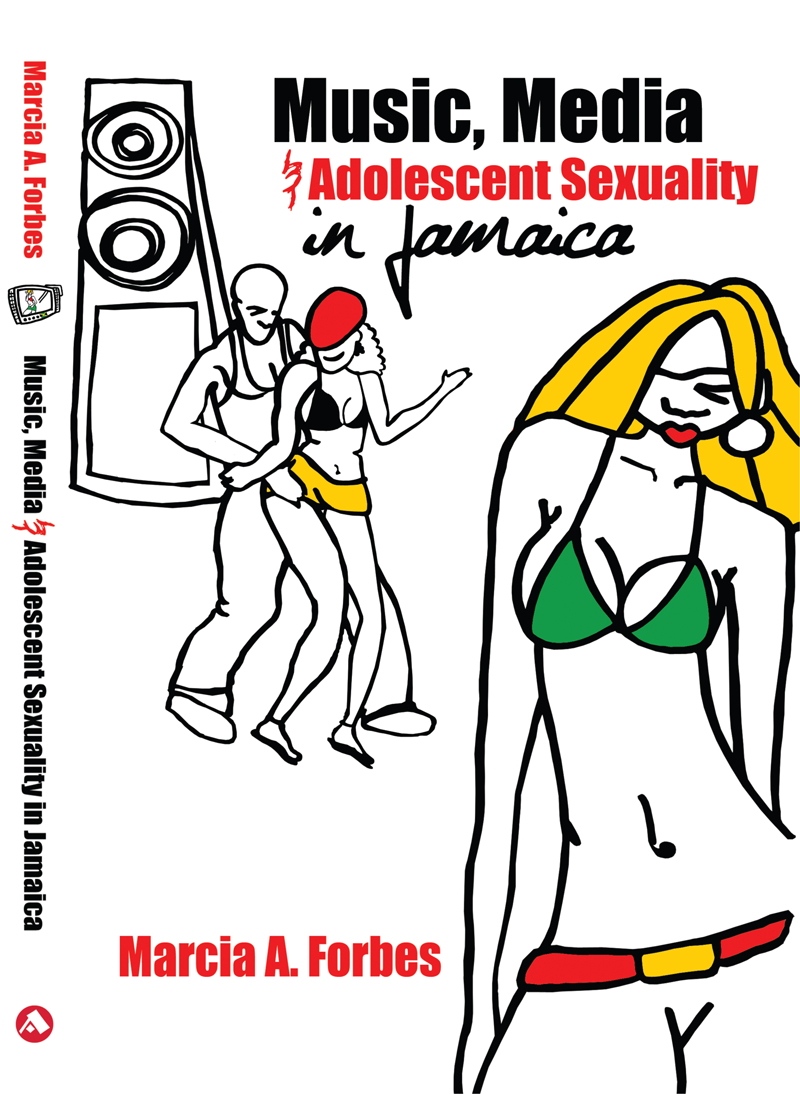Escaping through Music Videos
How often have we heard complaints about music videos? They show nothing good! Pure slackness! Too much whining up! The girls too naked! Yet how many of us have stopped to try to understand what these short, exciting, music driven TV programmes really mean to young people, especially to Jamaican teenagers?
 In response to a list of reasons as to why they watch music videos as well as an invitation to give any other reasons they may have for watching, a large proportion of adolescents indicated that these videos helped to enhance their mood. Three quarters (76%) of our young people depend on music videos to put them in a better mood. Next to having fun (84.2%), watching so as to learn the words of the songs (83.8%) and so as to learn the latest dances (76.5%), mood enhancement was the most frequently selected reason for watching music videos. Many adolescents watched to help them to forget their worries (64%) or to relieve their stress (63%).
In response to a list of reasons as to why they watch music videos as well as an invitation to give any other reasons they may have for watching, a large proportion of adolescents indicated that these videos helped to enhance their mood. Three quarters (76%) of our young people depend on music videos to put them in a better mood. Next to having fun (84.2%), watching so as to learn the words of the songs (83.8%) and so as to learn the latest dances (76.5%), mood enhancement was the most frequently selected reason for watching music videos. Many adolescents watched to help them to forget their worries (64%) or to relieve their stress (63%).
Interestingly, far fewer adolescents than I expected indicated that they watched music videos to see sexy girls (41%) or sexy men (21%). You will notice, however, that almost twice as many watch to see the sexy females, compared to those who watch to see sexy males. Given some degree of give and take and that some may have answered in ways they felt were more socially acceptable, it is clear nevertheless that music videos serve as a kind of escape valve for many of our youths. Our young people lead complex lives. Based on the harsh conditions, social and economic, faced by many of them it is understandable that they should seek relief, refuge and escape.
Young people in Jamaica face a really tough time. Almost half of all the poor people in Jamaica are children between 0 to 18 years of age. About 18,000 Jamaican children are involved in child labour, some of them in the sex trade. Young women face an even tougher time. The incidence of HIV/AIDS is almost 3 times higher among teenage girls than among teenage boys. Two-thirds (66%) of all households living in poverty are headed by women. Unemployment among women is more than double that of men, despite women’s higher educational attainment. Even as I acknowledge the hardships on women, I would never underestimate the burden on men. Man must ‘provide’, man must ‘let-off’, regardless. That, unfortunately, is how we have been and continue to be socialized. Both males and females buy into this message.
Yet even as Jamaican adolescents escape into the world of music videos and live vicariously, what do they make of the images they see and the lyrics, rhythms, melodies and sound effects they hear in these videos? As noted earlier, the majority of adolescents watched music videos in order to learn the words of the songs. This seems to be an effective strategy because almost three quarters of them knew all or most of the words of their favourite videos. So although adults may be at a loss as to what on earth the DJs are saying, the young people don’t have that problem. Most of them pretty much know the words and the word gets around since almost two thirds of the survey respondents indicated that they used music videos as a way of keeping up with what’s happening. Of note is that more than half of them used music videos as the grist for their conversations. “Something to talk about at school, other than schoolwork.” As another urban middle income girl from one of the island’s leading high schools remarked,
they hear in these videos? As noted earlier, the majority of adolescents watched music videos in order to learn the words of the songs. This seems to be an effective strategy because almost three quarters of them knew all or most of the words of their favourite videos. So although adults may be at a loss as to what on earth the DJs are saying, the young people don’t have that problem. Most of them pretty much know the words and the word gets around since almost two thirds of the survey respondents indicated that they used music videos as a way of keeping up with what’s happening. Of note is that more than half of them used music videos as the grist for their conversations. “Something to talk about at school, other than schoolwork.” As another urban middle income girl from one of the island’s leading high schools remarked,
 they hear in these videos? As noted earlier, the majority of adolescents watched music videos in order to learn the words of the songs. This seems to be an effective strategy because almost three quarters of them knew all or most of the words of their favourite videos. So although adults may be at a loss as to what on earth the DJs are saying, the young people don’t have that problem. Most of them pretty much know the words and the word gets around since almost two thirds of the survey respondents indicated that they used music videos as a way of keeping up with what’s happening. Of note is that more than half of them used music videos as the grist for their conversations. “Something to talk about at school, other than schoolwork.” As another urban middle income girl from one of the island’s leading high schools remarked,
they hear in these videos? As noted earlier, the majority of adolescents watched music videos in order to learn the words of the songs. This seems to be an effective strategy because almost three quarters of them knew all or most of the words of their favourite videos. So although adults may be at a loss as to what on earth the DJs are saying, the young people don’t have that problem. Most of them pretty much know the words and the word gets around since almost two thirds of the survey respondents indicated that they used music videos as a way of keeping up with what’s happening. Of note is that more than half of them used music videos as the grist for their conversations. “Something to talk about at school, other than schoolwork.” As another urban middle income girl from one of the island’s leading high schools remarked,
“Cause a lot of times like if I go back to school and stuff and
everybody is ‘oh wait yuh see that video…and I’ll be like ‘no’
and sometimes I have to pretend as if I watch it and be like,
‘Oh yeah that part was tough.”
When asked to qualitatively express the amount of music videos they watched, adolescents opined that they watched “most times” (52.6%) as opposed to sometimes (45.6%) or never (1.8%). We can take it then that among Jamaican adolescents there is an active engagement with music videos since almost all of them watch either some or most times. And to return to the question posed earlier, What do they make of the visual and aural images they see and hear in these videos? Pulling on findings from the focus group sessions combined with data from the survey, it seems they think about a great deal of things. Depending on the type of music video and its messages, young people think about different things. I know many readers expected to hear that they think about sex. That too, but that’s the subject of another article.
“The videos kinda teach you something. Like if you neva know how fi hug a girl…and like kiss har an’ like dat. The videos kinda show you.”
This was the view of a lower income boy from rural Jamaica. He was in the age range of 16 to 19 years so you see he was a more mature adolescent. He clearly had sex on his mind. But as I said, it’s not just sex.
“Cause most young people really don’t watch news…
So music video is another form of informing young people
of what’s happening in the world today.”
One sophisticated teen from Montego Bay offered this:--
“I think much videos on the whole depict the norms and values of
Society and in order to fit in…you have to watch music videos or else
You know you’ll be ostracized and you don’t want to be the odd one out.”
Music videos therefore do not only serve as a medium for escape from the harshness of the lived realities of many of our adolescents, they also function as sources of information and agents of socialization.
But while music videos are performing these valuable roles of helping to educate, inform and entertain their young one, not enough parents appear to pay enough attention to videos (or to their children for that matter as well). More than half (57%) of adolescents in the survey said that they were allowed to watch every type of music video. And because we tend to judge our own more harshly, it was the Jamaican music videos which were most heavily censored. Dancehall music videos were by far the ones for which viewing was most curtailed. Of those who answered the question, over one third cited these videos as not allowed, compared to less than a quarter who were not allowed to watch gangster rap, the next most frequently cited genre and only 10% who were not allowed to watch hip hop music videos. In view of these percentages pertaining to restrictions, parents may be surprised to learn that hip hop videos are virtually as popular among Jamaican youngsters as dancehall. They may be also surprised to learn of the many controversies surrounding violence and unhealthy messages in many hip hop videos.
Music videos serve many functions in the lives of young people. Escape is one of the more important ones. Adolescents regard this programme genre as largely maligned by those who are over 40 years of age, except for the exceptional ones who are young in spirit, even if not in age.
“I think they show resentment toward these videos because
it’s the era in which they grew up…so they not used to it.
So it seems foreign to them. For example this forwardness with sex.”
Considering that music videos really came into their own just over 21 years ago with the launch of MTV, co-incidentally almost at the same time AIDS became know, the opinion voiced by this boy is not unwarranted. Like so many other modern day interventions and inventions, however, both young and old have to get involved with them in order to understand and cope with them. So my parting words to parents and guardians is to watch the music videos with your children, Fathers and adult males especially, since the adolescents have already made it clear that they really don’t like watching with the females, particularly Mothers and Grandmothers.


